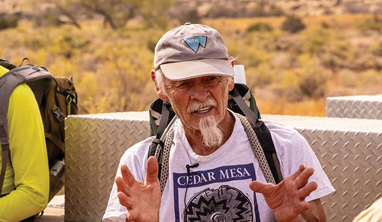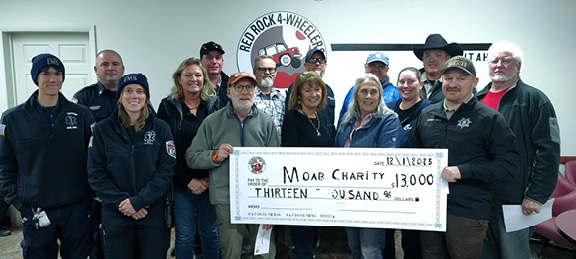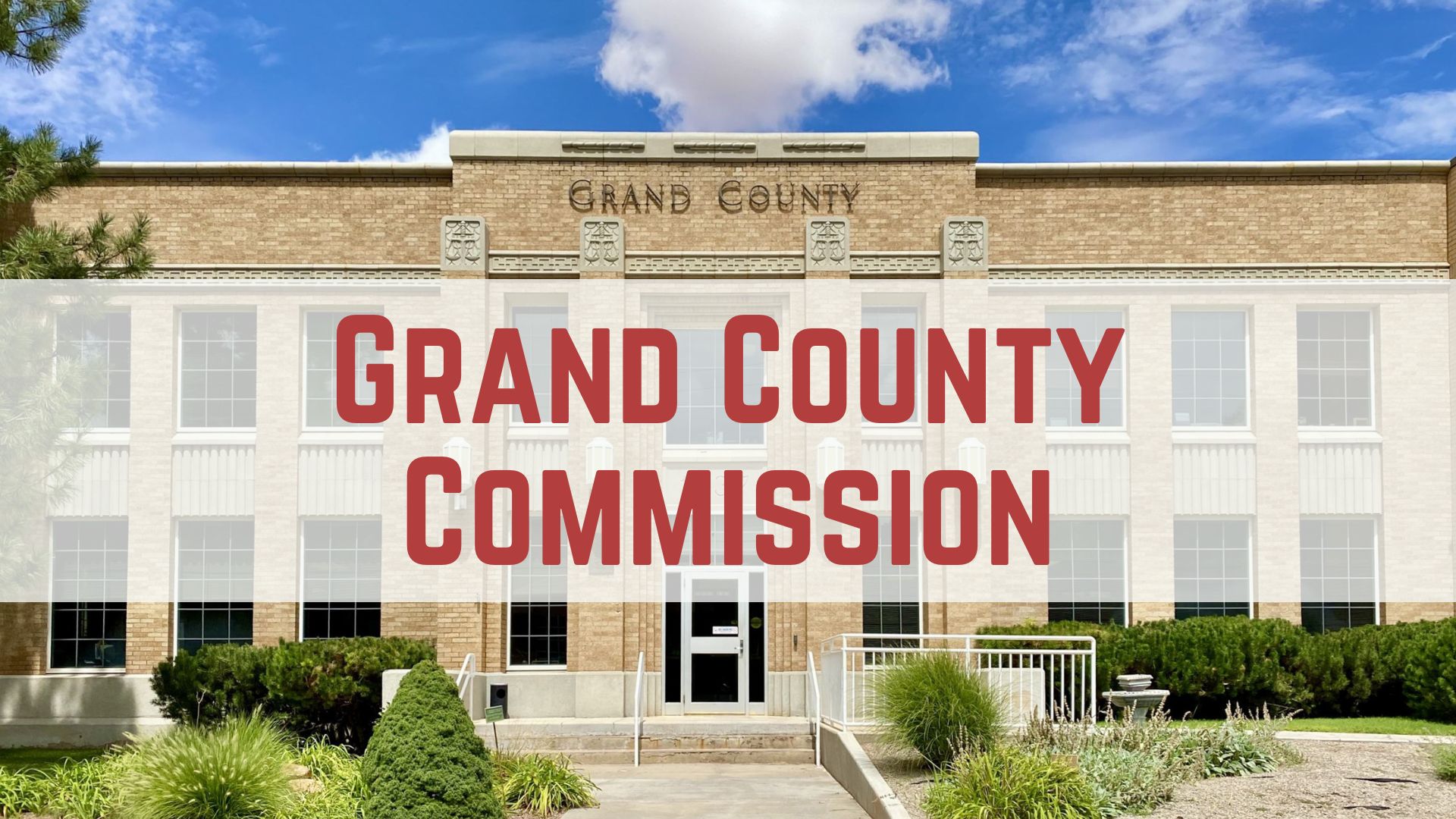Some information may be outdated.
“Where were you in 1986?”
So asks the United States Forest Service’s website on the Manti-La Sal National Forest Management Plan, which is currently being updated from the latest draft. That existing document was completed in the decade of big hair and Ronald Reagan.
Since 2016, the Manti-La Sal has been engaged in a lengthy process to update the comprehensive, big-picture plan and now the agency is soliciting comments from the public on a preliminary draft. The Grand County Commission plans to gather input from county departments and draft a formal comment to submit to the Forest Service. They held a public workshop on Oct. 6 to discuss the process.
The draft
A Forest Management Plan guides the agency in policies regarding forest resources, access, and values. The draft plan contains over 50 sub-sections, with several just on water, including watershed and aquatic resources, community water sources, riparian zones, and wetland ecosystems. Other sections cover air quality and soil, geologic and paleontological resources, climate adaptation, threatened or at-risk species, plants and trees (both native and invasive), wildlife, cultural and archaeological resources, and scenery. Other sections address use, including access, energy and mineral extraction, grazing, logging, and all types of commercial and private recreation. There are also guidelines for wildfire management and for special designations within the forest.
The plan is still a long way from the final product. The current draft is still subject to a formal “scoping” period during which citizens may comment. When that period closes, the Forest Service responds to each comment and looks for common themes, which in turn inform a draft Environmental Impact Statement (EIS). The EIS will include several alternatives, and the public will again have the opportunity to weigh in.
“We anticipate that’s going to take us close to another two years,” said Kyle Beagley, the project lead on the forest plan revision, at the Oct. 6 workshop.
Public engagement
The Forest Service has opened the comment period early.
“It’s most effective for us if comments can be as specific as possible,” Beagley noted, saying comments that can identify specific issues are most helpful and asking people to include the page numbers.
“When comments come from organizations and particularly cooperating agency folks, they do come with a weight to them that catch our eyes—we do recognize the organization that they came from,” he said.
Once the scoping period has closed, comments have been analyzed, and the draft Environmental Impact Statement written, another round of public comments will begin.
Alternatives
Mary O’Brien, Grand County resident and Utah Forests program director for the conservation nonprofit The Grand Canyon Trust, attended the Zoom workshop to discuss a “Conservation Alternative. ” The plan was submitted to the Forest Service by a coalition of conservation nonprofits including The Grand Canyon Trust, the Southern Utah Wilderness Alliance and the Great Old Broads for Wilderness. While in many ways similar to the forest’s preliminary plan, the alternative emphasizes scientific data and recommends adapting forest use to climate change and population growth as well as prioritizing conservation of water, native species and ecosystems over commercial use, and pushing for greater inclusion of Indigenous groups in policy-making. The plan also asks for greater responsiveness to public feedback.
“If the conservation alternative doesn’t appear in the EIS draft, then people can’t weigh that vision of the forest plan against other alternatives,” O’Brien told the commission, adding, “The current forest plan is 34 years old—prior to discussions of climate change, prior to a lot of ecological considerations that have arisen with conservation science, prior to all the fires and so on. So it’s a big deal for Manti-La Sal to revise their plan.”
Get involved
The draft plan is available at the planning website at https://www.fs.usda.gov/main/mantilasal/landmanagement/planning. A public comment window began on Oct.1 and will be open until at least Dec. 31, 2020.
Comments be emailed to mlnfplanrevision@fs.fed.us or submitted online at https://cara.ecosystem-management.org/Public/CommentInput?project=50121.
Virtual workshops will be held on Oct. 8 and 22, Nov. 5 and 19, and Dec. 3. Access to these workshops can be found at the planning website.
“The current forest plan is 34 years old—prior to discussions of climate change, prior to a lot of ecological considerations that have arisen with conservation science, prior to all the fires.”
– Mary O’Brien
USFS officials solicit public input on an early draft plan
Appreciate the coverage? Help keep local news alive.
Chip in to support the Moab Sun News.




